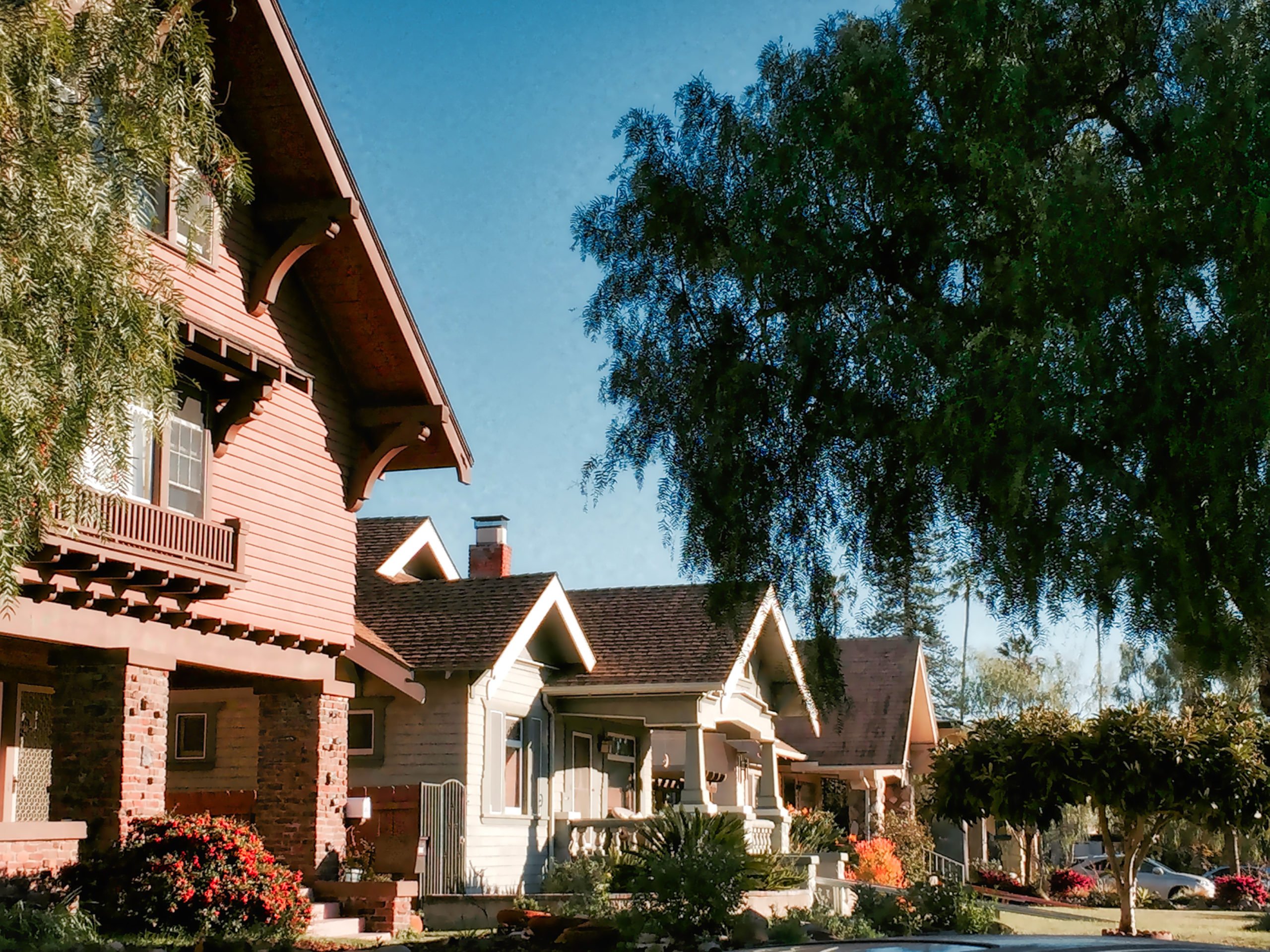Farming is normally associated with rural life. The idea of a barn house in the middle of a metropolitan hub like New York City seems laughable and outright ridiculous. But starting an urban farm in the United States isn’t actually that outlandish of an idea. As long as you have the right climate, an adequate amount of space, and plenty of dedication and hard work, you can make urban farming a possibility.
Why Start an Urban Farm
In some neighborhoods in major cities access to affordable, fresh food is limited. By starting an urban farm, you are helping to bring fresh fruits and vegetables to these communities. Additionally, you are creating a more sustainable way of life by having these foods basically right at your doorstep. Many fruits and vegetables travel thousands of miles and are stored in refrigeration during transport. This wastes energy and pumps greenhouse gases into our environment. With an urban farm, you are bringing fresh food straight to the table and reducing your carbon footprint as well.
Finding the Right Place
The first step of your urban farm journey is finding a suitable piece of land. Check with parks, recreation departments, and local utility agencies to find spaces. Lots near churches and schools are usually a great option, especially for a space that you can use long-term. When you do find the right piece of land, make sure to sign a contract ensuring you are legally allowed to use the land for the purpose of urban farming. In some cases, new urban farmers might decide to just take up an abandoned piece of property without contacting the city first about its use. Without a legally binding contract, the city could abruptly sell the land and you’ll have to start from square one again!
When picking your land, consider certain factors like having an adequate amount of sunlight, water access, and fertile soil. Do a soil test of the land first to check for nutrient deficiency and if there are any heavy metals in the soil that can contaminate crops.
Do Your Homework
You can’t become an expert farmer overnight! So do you research and learn all that you can about urban farming before diving in. You should know the basics about producing crops, watering, planting, managing pests, and raising animals (if you plan to do that as well). If you decide to raise livestock on your farm, consider how you will care for them. Purchase a quality feed made from grain from Conway Feed and Supply to keep them healthy. Keep your feeders elevated and store the feed off the ground in order to keep pests away. Schedule regular veterinary check-ups and make sure your farm animals are always up-to-date on their vaccinations. You need to also consider how to care for your animals when they are alive, and when they die. You need to either properly bury or compost them on your farm or have a Los Angeles dead animal pick up service take away the animal carcasses for cremation or rendering. Dead animal removal services can render the animal carcass, meaning certain parts of the animal can be turned into pet food or fertilizer.
Deciding What to Plant
Once you have your farmland established, it’s the time to figure out what you are going to plant! When choosing what crops to grow, consider the neighborhood’s needs, the amount of sunlight you have, and the climate you are in. Stop by your local garden center to pick up seeds for planting. It’s best to just start with a few crops and then expand your farm the following season.
































